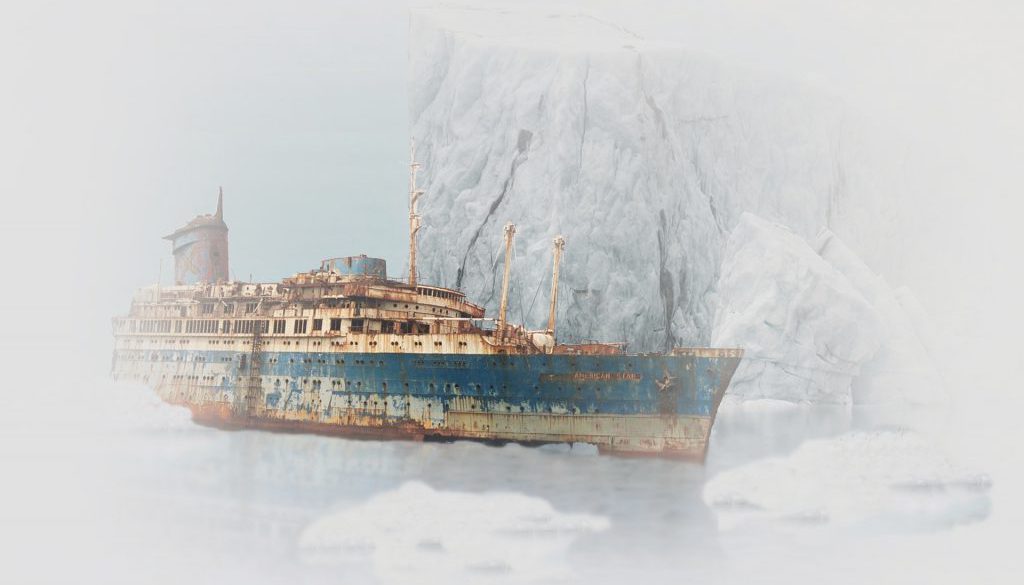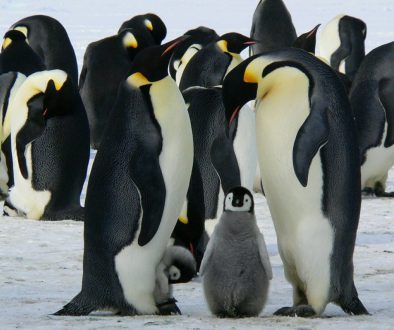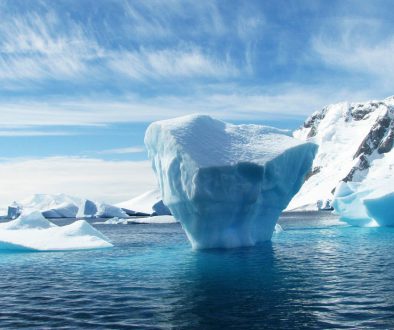Expeditions to Antarctica were first thought of by ancient Greeks in 350 BC. Though the plans to travel Antarctica didn’t happen and the polar explorers failed to fulfil their mission, Greeks had an idea about the Arctic. The Greeks even named it Arkos (The Bear) due to the bear constellation that made them think that there is a southern landmass that balances the world.
This was used to be a guess only until a captain named James Cook crossed the Antarctic Circle in 1773 and confirmed the existence of the continent. Here, the captain applied to circumnavigate that allowed him and his team to explore the continent. Though they failed to see land, there were seen rocks in icebergs that easily convinced them that there exists a southern landmass.
Good thing, Cook was wrong and during the 19th century, polar pioneers and the Heroic Age of Antarctic Exploration began. Here, Roald Amundsen, Sir James Clark Ross, and Sir Ernest Shackleton all became household names.
Given that, let us explore some of the fascinating stories of expeditions done by British polar explorers. Let us know and imagine the perilous Antarctic territory that these brave people have faced wherein unbelievable survival tales and scientific discoveries were contributed to the way we define and understand the continent.
Sir James Clark Ross
Although sealers, whalers, and explorers had a view of Antarctica, as well as its surrounding islands, there are posed dangers due to its location that when navigated, only a few dared to reach its shores.
The very first known explorer to reach far than anyone else in Antarctica is Sir James Clark Ross from Great Britain. He went for two expeditions: HMS Erebus in 1839 and HMS Terror in 1843. During these times, he was able to discover the Ross Sea and some of the Antarctic volcanoes that were named after the vessels he owns.
Through sailing on the coast of the Antarctic, Ross discovered and justified that the Antarctic is a continent for the first time, not just simple ice and islands. A Voyage of Discovery and Research to the Southern and Antarctic Regions, the written chronicles of Ross’s travels included different uses of Antarctica as a name.
Sir Ernest Shackleton
Another popular polar explorer was Sir Ernest Shackleton- a British-Irish explorer. He was the one who led two unforgettable expeditions in the Antarctic between 1907 to 1909, and 1914 to 1917. Shackleton was also aboard the Discovery- a vessel that took Robert Falcon Scott to the South Pole.
The first Antarctic expedition of Shackleton set sail coming from Great Britain together with an Australian explorer named Douglas Mawson. Douglas was also a pioneer polar expert that works hard in discovering the wonderful ice-made continent. Here, Shackleton made Mount Erebus the second tallest peak found in Antarctica, as well as an active volcano.
However, the second mission of Shackleton made used as a basis in writing history books although the expedition failed. There were already previous explorers that conquered the South Pole so Shackleton emphasized himself as the first man who crossed the continent from shore to shore.
Moreover, HMS Endurance- Shackleton’s ship was stuck in the Weddell Sea in the middle of unforgiving ice. This then pushed the crew to wait out for winter on the nearby Elephant Island. Yet, the ice crush made irreplaceable damages to the ship that led it to sink after the spring has come.
This is the incredible and action-filled expedition of Shackleton and his crew. Their survival in the unforgiving climate and environment of Antarctica still captivates a lot of readers nowadays. Their story interprets how they battled and endured the elements in Antarctica, especially the severe and dark winter. After being stranded in that continent, he and his small crew sailed across the sea only using their survival longboats. With great courage and belief in surviving, the crew faced the greatest challenges offered by the Southern Ocean going to South Georgia. Having almost 800 miles in the distance, the team boarded the boat, took weeks of the voyage, and bravely faced the deadly waves and hurricanes. After being in the ocean, the team made it to the uninhabited south coast of South Georgia. Thus, it left them a final leg journey wherein they crossed a mountain range. Good thing, the rescue mission was successful and the entire crew made it home safely.
In 1922, Shackleton died in his ship due to a heart attack. The ship was said to be sailing on South Georgia. His grave is put in the Antarctic island as his final resting place.
International Scott Centenary Expedition 2012
Another remarkable and famous British expedition to Antarctica is the International Scott Centenary Expedition in 2012. This is an expedition made to the last site tent of Captain Robert Falcon Scott. This is for his memorial service during his centenary death. Jonathan Band is one of the patrons of the said expedition. Also, it will have Felicity Aston and Antony Jinman as the leaders. The previous leader, by the way, was Kaspersky Commonwealth Antarctic Expedition.
The main goal of this expedition is to commemorate Scott’s death.
Historical Background
In 1910-1913, the British Antarctic Expedition of Captain Robert Falcon Scott took place. Its main objective based on the prospectus of Scott is to reach the South Pole and secure as an honour of achievement to the British Empire. Aside from that, the expedition has other objectives in geographical exploration and scientific research intended to bag the items from the Pole in results. Given that, Scott chose the best scientists he knows to make the objectives successful.
The Expedition
In the expedition, there were two parties: the flight team and the sledge team. The flight team includes the media, patrons, and Polar families. On the other hand, the sledge team replicates the route of the search party founded by Scott and his crew.
All of these are only some of the recorded and idolized British expeditions to Antarctica. There’s a lot more that needs attention and recognition. Besides, these expeditions only have one major concern and that is to explore and learn new things about a new place.


